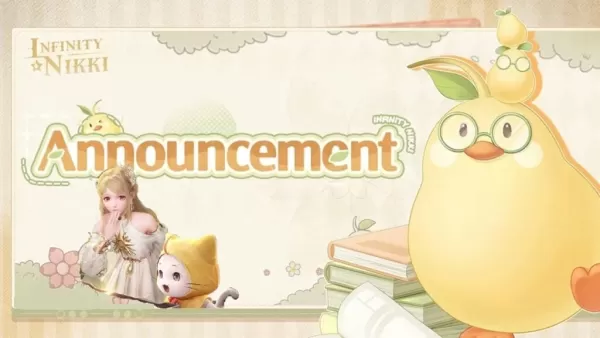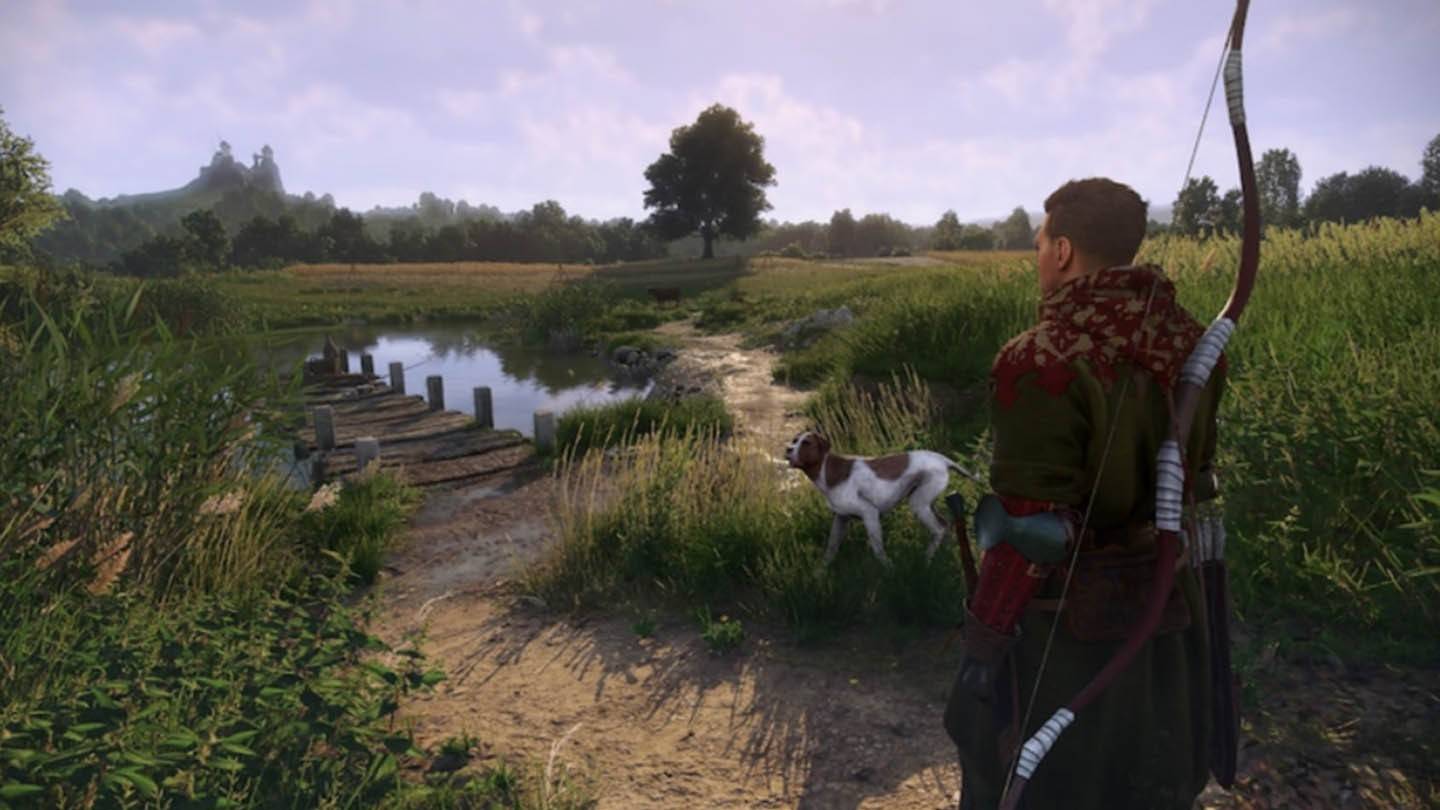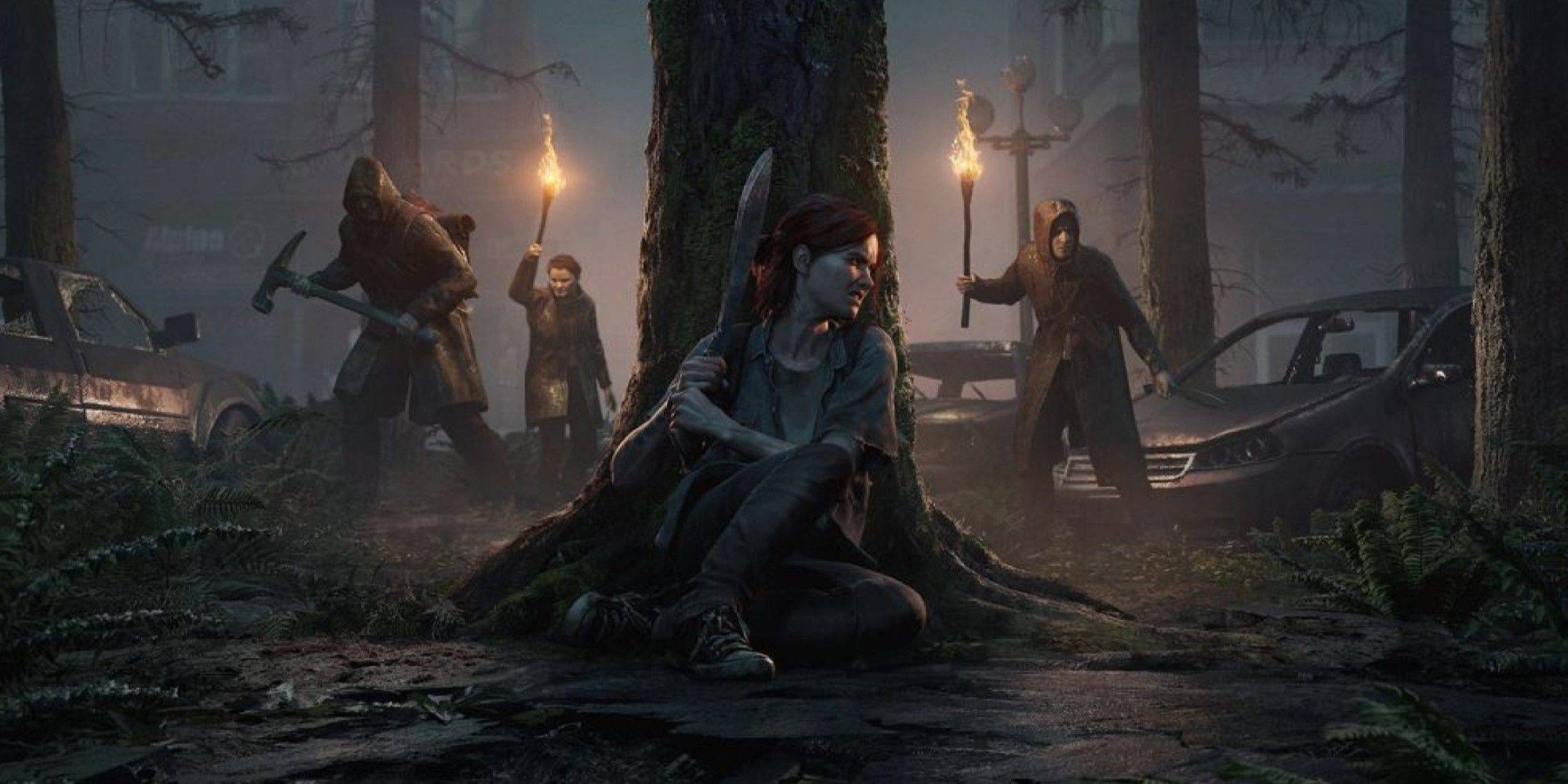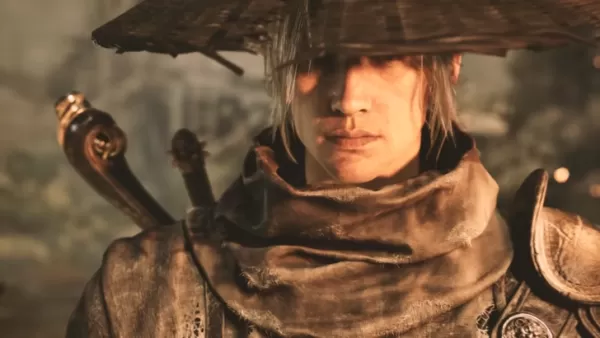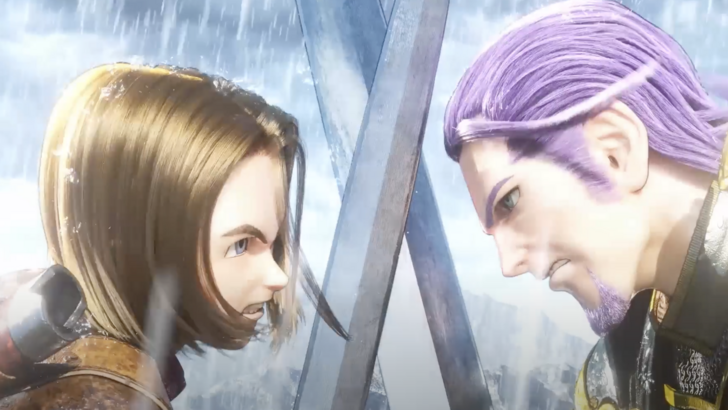Home > News > What is Monster Hunter Really About? | Deep Dive on the Themes and Narrative of Monster Hunter
What is Monster Hunter Really About? | Deep Dive on the Themes and Narrative of Monster Hunter
- By Jonathan
- Feb 18,2025
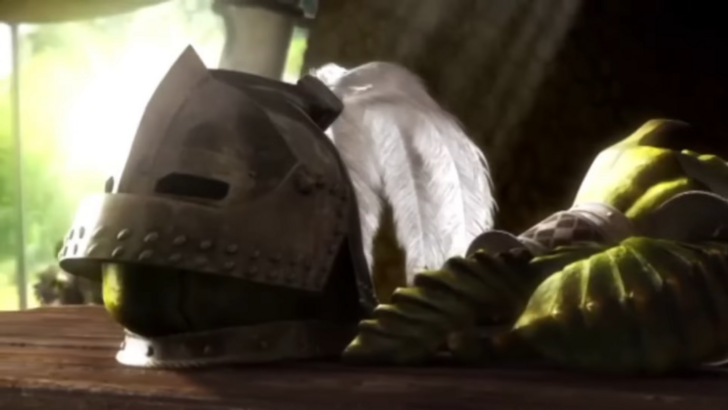 Monster Hunter's narrative, often overlooked due to its straightforward nature, deserves a closer look. This deep dive explores the underlying themes and stories woven into the gameplay.
Monster Hunter's narrative, often overlooked due to its straightforward nature, deserves a closer look. This deep dive explores the underlying themes and stories woven into the gameplay.
← Return to Monster Hunter Wilds' main article
Monster Hunter's Evolving Narrative
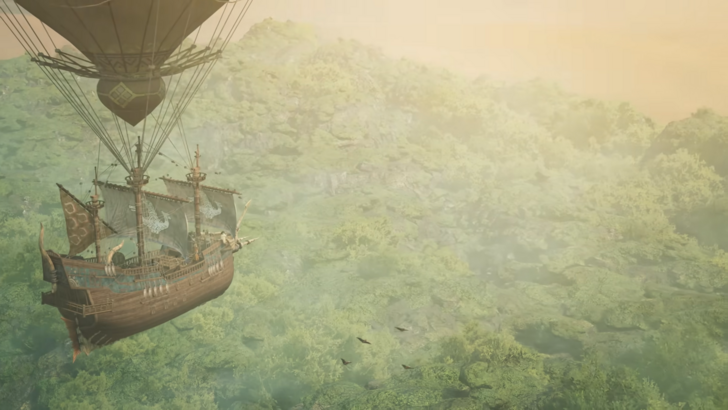 While not primarily a narrative-driven series, Monster Hunter's story is far from nonexistent. The mission-based structure, where quests dictate the player's actions, often overshadows the overarching narrative. But is it truly just about hunting monsters for profit, fashion, and sport? Let's examine the mainline series to uncover a deeper meaning.
While not primarily a narrative-driven series, Monster Hunter's story is far from nonexistent. The mission-based structure, where quests dictate the player's actions, often overshadows the overarching narrative. But is it truly just about hunting monsters for profit, fashion, and sport? Let's examine the mainline series to uncover a deeper meaning.
The Hunter's Journey
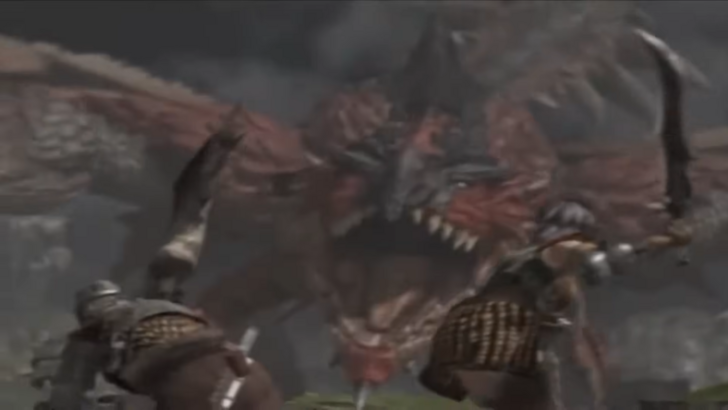 Most Monster Hunter games follow a similar pattern: a novice hunter accepts quests, gradually progresses, and ultimately becomes the village's top hunter. This progression involves facing increasingly challenging monsters, culminating in a final showdown with a formidable boss (e.g., Fatalis in Monster Hunter 1). This core loop persists even in later installments, despite their increased narrative focus. However, titles like World, Rise, and their expansions feature more integrated storylines.
Most Monster Hunter games follow a similar pattern: a novice hunter accepts quests, gradually progresses, and ultimately becomes the village's top hunter. This progression involves facing increasingly challenging monsters, culminating in a final showdown with a formidable boss (e.g., Fatalis in Monster Hunter 1). This core loop persists even in later installments, despite their increased narrative focus. However, titles like World, Rise, and their expansions feature more integrated storylines.
Maintaining Ecological Balance
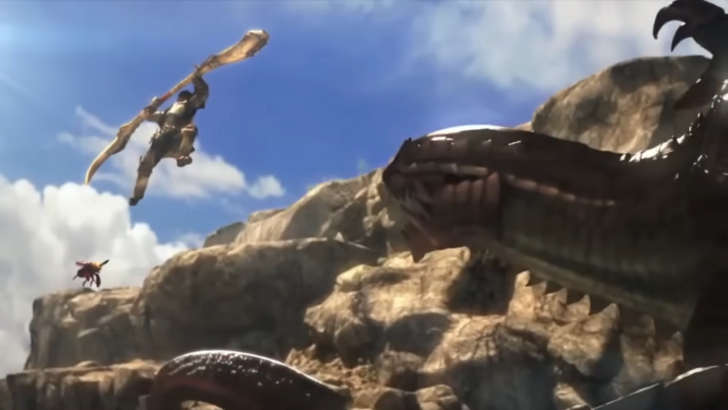 The series often portrays the hunter as a force maintaining ecological equilibrium. In Monster Hunter 4 (MH4), the Gore Magala's Frenzy Virus threatens this balance, making monsters more aggressive. The hunter's role is clear: eliminate the threat to restore order.
The series often portrays the hunter as a force maintaining ecological equilibrium. In Monster Hunter 4 (MH4), the Gore Magala's Frenzy Virus threatens this balance, making monsters more aggressive. The hunter's role is clear: eliminate the threat to restore order.
However, Monster Hunter: World and Iceborne offer a more nuanced perspective. The ending of Iceborne suggests that while humans strive to restore balance, they still have much to learn about the natural world's intricate workings. Nergigante's role as a natural force of balance is revealed, challenging the simplistic view of human intervention.
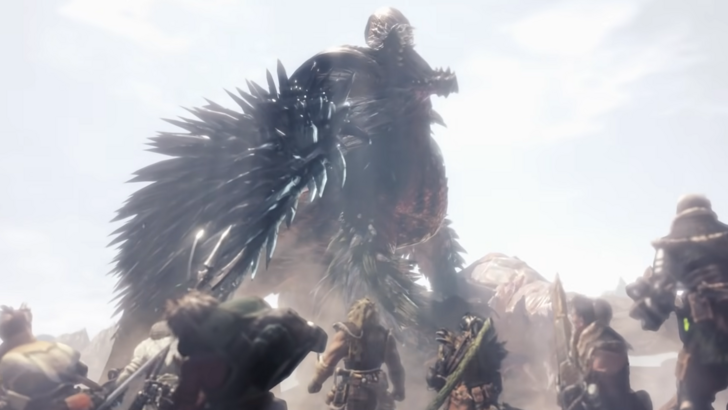 World's ending labels the hunter a "Sapphire Star," a guiding light, referencing the in-game "Tale of the Five," which connects the Sapphire Star to human civilization's origins. This implies the Research Commission accepts its role as nature's guardian, guided by the hunter. Iceborne's ending contrasts this, highlighting the commission's need for further understanding of natural processes, showcasing nature's resilience even without human interference.
World's ending labels the hunter a "Sapphire Star," a guiding light, referencing the in-game "Tale of the Five," which connects the Sapphire Star to human civilization's origins. This implies the Research Commission accepts its role as nature's guardian, guided by the hunter. Iceborne's ending contrasts this, highlighting the commission's need for further understanding of natural processes, showcasing nature's resilience even without human interference.
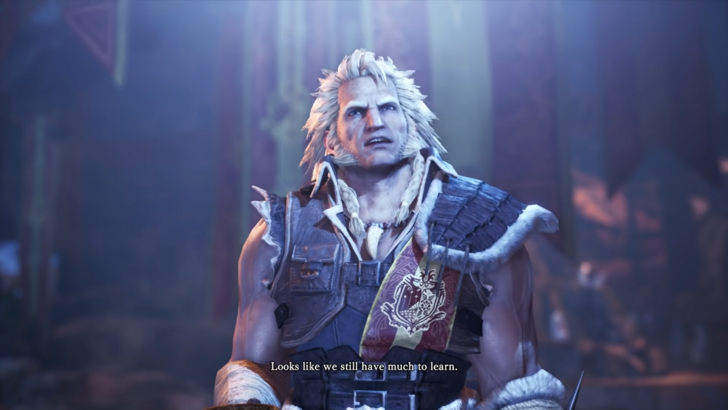 This thematic approach reflects real-world ecology, where organisms adapt to survive. The games illustrate nature's capacity to thrive independently of human intervention. This subtle narrative adds depth to the seemingly straightforward monster-hunting gameplay. But how do the monsters perceive the hunter?
This thematic approach reflects real-world ecology, where organisms adapt to survive. The games illustrate nature's capacity to thrive independently of human intervention. This subtle narrative adds depth to the seemingly straightforward monster-hunting gameplay. But how do the monsters perceive the hunter?
The Hunter's Reflection in the Monster
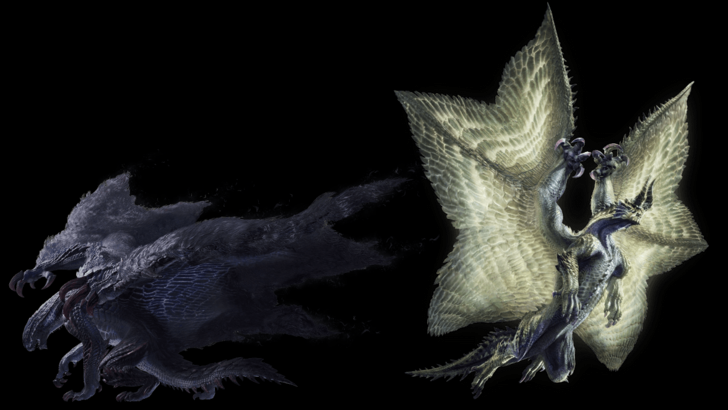 MH4's Gore Magala and Shagaru Magala sequence mirrors the player's experience of equipment upgrades and repeated encounters. This suggests that monsters also learn and adapt to the hunter's strategies.
MH4's Gore Magala and Shagaru Magala sequence mirrors the player's experience of equipment upgrades and repeated encounters. This suggests that monsters also learn and adapt to the hunter's strategies.
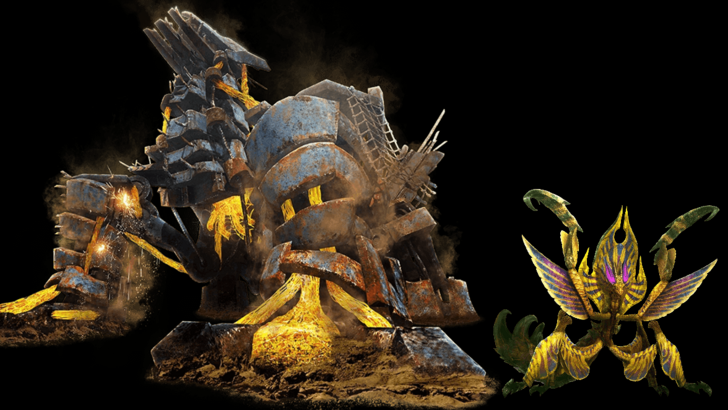 Ahtal-Ka, the final boss of Monster Hunter Generations Ultimate, exemplifies this. Its use of hunter-like weaponry and creation of a mechanical fortress reflects the hunter's ingenuity and the monster's adaptation to the hunter's methods. This unique monster underscores the theme of nature adapting to human influence.
Ahtal-Ka, the final boss of Monster Hunter Generations Ultimate, exemplifies this. Its use of hunter-like weaponry and creation of a mechanical fortress reflects the hunter's ingenuity and the monster's adaptation to the hunter's methods. This unique monster underscores the theme of nature adapting to human influence.
The Personal Narrative: Man vs. Wild
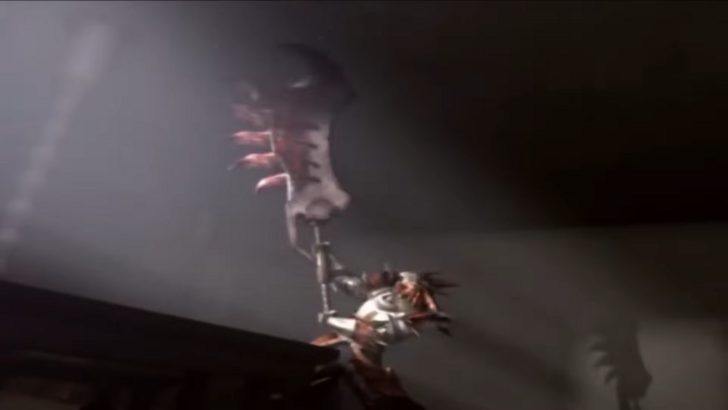 Ultimately, Monster Hunter is about the player's journey of improvement and overcoming challenges. The initial encounter with the Tigrex in Monster Hunter Freedom 2, where the hunter is defeated, sets the stage for the player's eventual triumph. This early setback establishes a clear motivation and reinforces the game's theme of overcoming adversity.
Ultimately, Monster Hunter is about the player's journey of improvement and overcoming challenges. The initial encounter with the Tigrex in Monster Hunter Freedom 2, where the hunter is defeated, sets the stage for the player's eventual triumph. This early setback establishes a clear motivation and reinforces the game's theme of overcoming adversity.
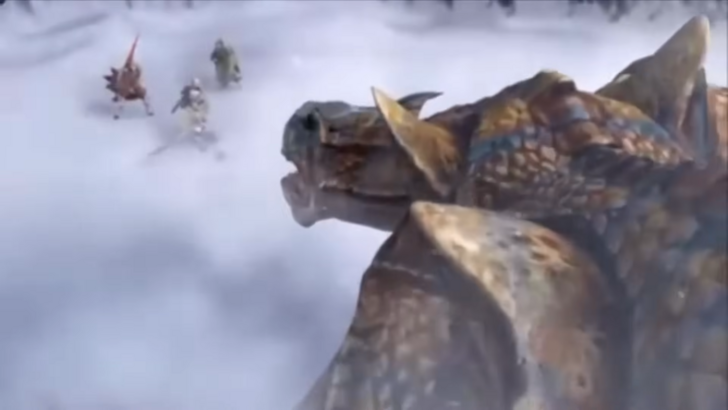 Subsequent encounters with the same monster, now with superior equipment, highlight the player's progress. This personal narrative, while implicit, is deeply engaging. The satisfaction of overcoming a formidable foe is a central element of the Monster Hunter experience.
Subsequent encounters with the same monster, now with superior equipment, highlight the player's progress. This personal narrative, while implicit, is deeply engaging. The satisfaction of overcoming a formidable foe is a central element of the Monster Hunter experience.
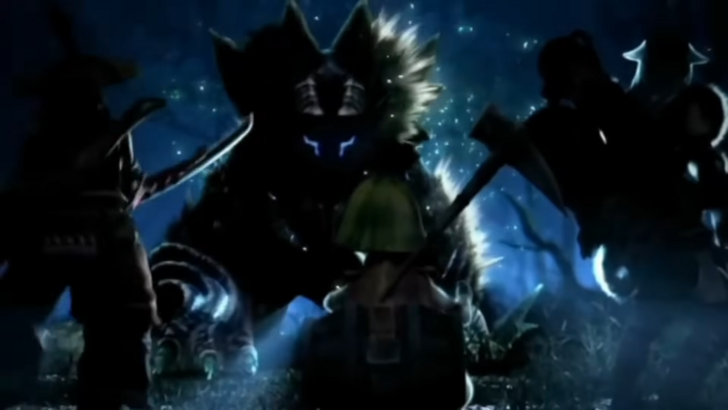 While newer games incorporate more explicit storylines, the core experience remains centered on the player's personal journey of growth and mastery. This blend of implicit and explicit narrative creates a unique and compelling gaming experience. Monster Hunter may not have the most elaborate stories, but it effectively weaves a personal narrative that resonates with players.
While newer games incorporate more explicit storylines, the core experience remains centered on the player's personal journey of growth and mastery. This blend of implicit and explicit narrative creates a unique and compelling gaming experience. Monster Hunter may not have the most elaborate stories, but it effectively weaves a personal narrative that resonates with players.
Latest News
more >-

- Star Wars Hunters Shuts Down Within Months
- Dec 24,2025
-
-
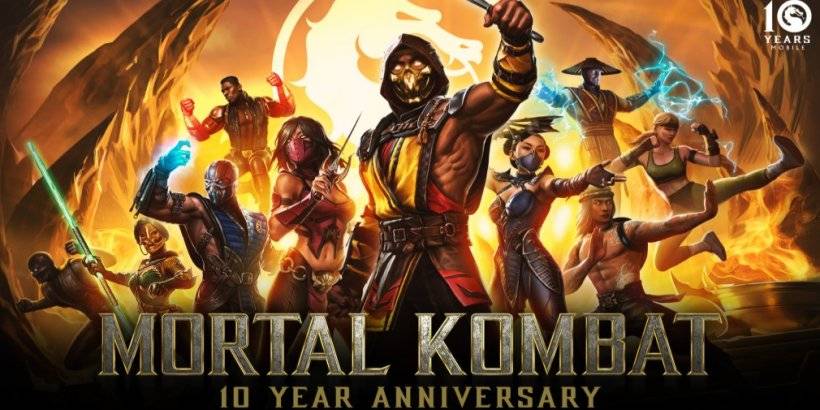
-
- Shalla-Bal Joins Fantastic Four as Silver Surfer
- Dec 21,2025
-
